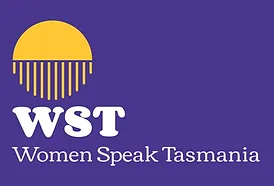The proposed federal social media minimum age legislation will prohibit children under 16 from accessing social media accounts, citing their increased vulnerability to platform-related harms.
While the Act does not delve into the physiological basis basis for this vulnerability, it is well-establish that the emotional and impulsive limbic system is not fully tempered by the rational pre-frontal cortex until the mid-20s. This biological reality underscores the need to protect youth from external pressures while they gain the knowledge, wisdom and resilience necessary for informed decision-making.
However, a troubling contradiction emerge. While children under 16 are deemed too vulnerable to navigate social media safely, politicians from both major parties suggest cgildren as young as nine possess sufficient ‘agency’ to consent to interventions affirming a gender identity incongruent with their biological sex. This interventions often involved profound and irreversible consequences, such as hormonal treatments, surgical modifications and lifelong medical dependancy. If we legislate to protect children from the harms of social media, we should also apply consistent safeguards in other areas of vulnerabilitty.
Criminalising genuine psychotherapeutic interventions that helps children explore and find comfort in their gender identity without ideological coercion may itself constitute a form of systemic “bullying”.
Protecting youth requires more than selective advocacy – it demands coherence, compassion and a genuine commitment to their wellbeing.
Dr. Phillip Morris. President of NAPP
Published in the Australian 14th December 2024
